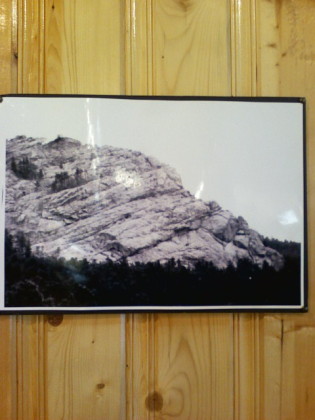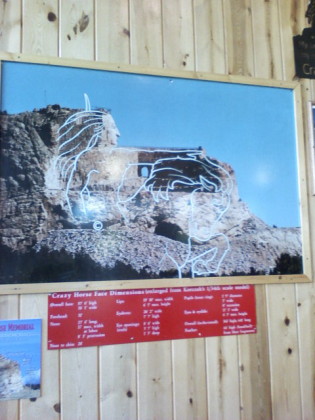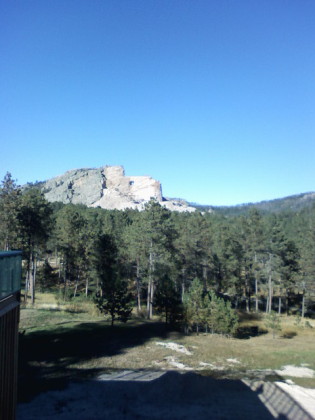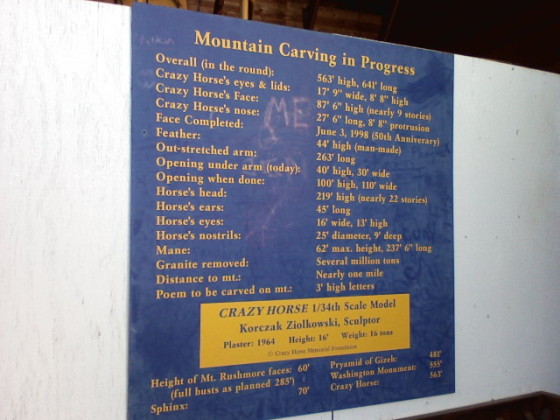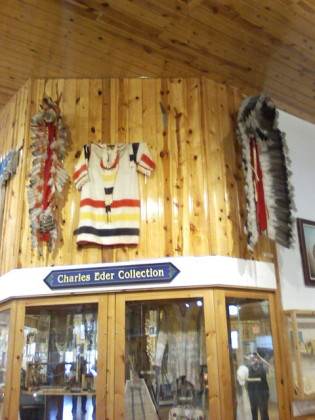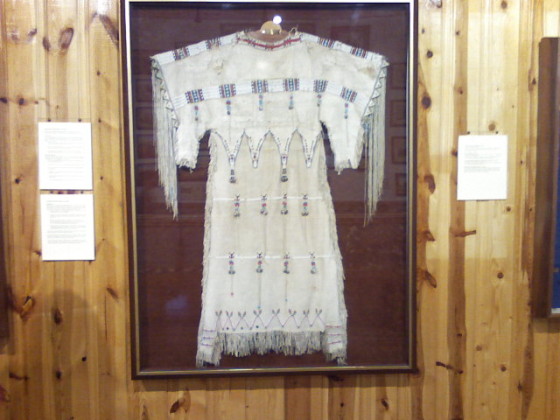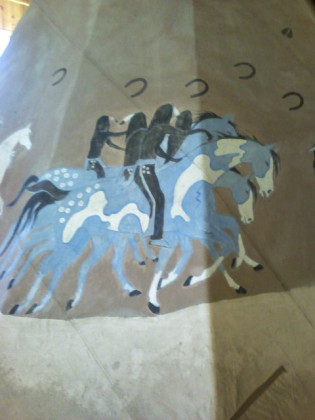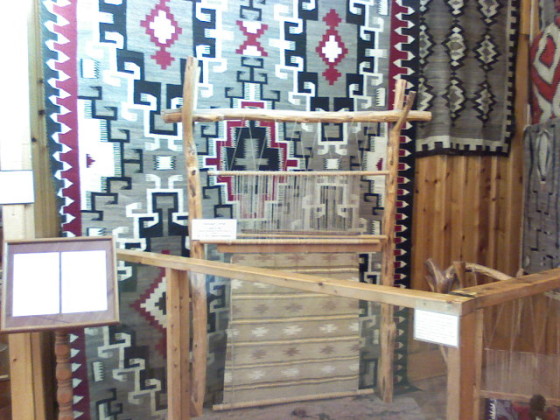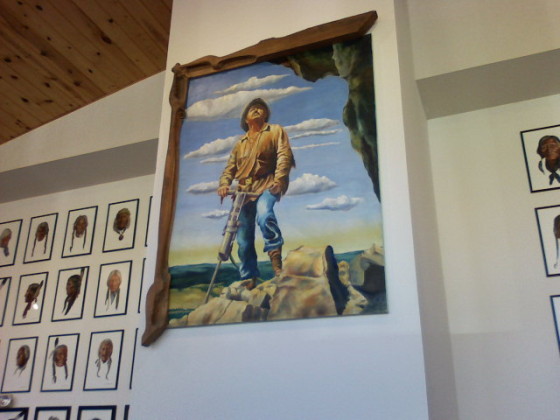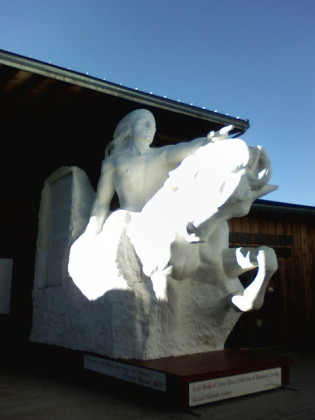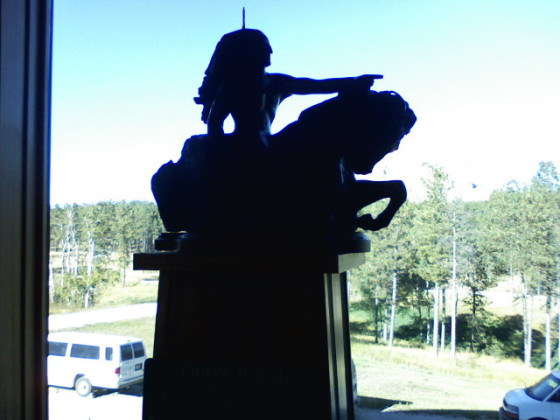
My dad was less than impressed on our first visit to the Crazy Horse Memorial decades ago.
It was hard to imagine Crazy Horse on the rock in front of us, the monumental task ahead of sculptor Korczak Ziolkowski, the decades of work to be done, the millions of tons of rock to be blasted off the mountain and the vast funding required.
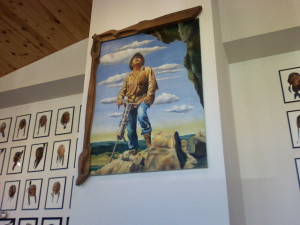
According to the Crazy Horse website, in 1939 Ziolkowski was invited by Chief Standing Bear to create a mountain tribute to the North American Indians. He returned May 3, 1947, to begin the monument, with the first blast occurring June 3, 1948, and five survivors of the Battle of Little Bighorn in attendance.
Ziolkowski had previous mountain sculpting experience under his belt, having worked in 1939 with Gutzon Borglum on Mount Rushmore. Ziolkowski dedicated his life to the work at Crazy Horse.
“My fellow chiefs and I would like the white man to know the red man has great heroes also.”
— Chief Henry Standing Bear
This is the story of Crazy Horse, according to the memorial’s website: “In 1876 Crazy Horse led a band of Lakota warriors against Custer’s Seventh U.S. Calvary battalion. They called this the Battle of the Little Big Horn or Custer’s Last Stand.
“In 1877, under a flag of truce, Crazy Horse went to Fort Robinson. Negotiations with the U.S. military leaders stationed at the fort broke down. Eye witnesses blame the breakdown in negotiations on the translator who incorrectly translated what Crazy Horse said.
“Crazy Horse was quickly escorted toward the jail. Once he realized that the commanding officers were planning on imprisoning him, he struggled and drew his knife. Little Big Man, friend and fellow warrior of Crazy Horse, tried to restrain him.
“As Crazy Horse continued to free himself, an Indian infantry guard made a successful lunge with a bayonet and mortally wounded the great warrior. Crazy Horse died shortly after the mortal wound was inflicted.”
Ziolkowski decided to create a monument that captured what Crazy Horse stood for instead of a true likeness. The warrior’s left hand is thrown out, pointing in answer to the derisive question asked by a cavalryman, “Where are your lands now?”
Crazy Horse replied, “My lands are where my dead lie buried.”
The Crazy Horse museum complex consists of the Indian Museum of North America, the Native American Educational and Cultural Center, the Mountain Carving Room and the Sculptor Home and Studio in addition to a gift shop, restaurant and conference facilities.
Even with the progress made over the decades, the vision was enormous from the beginning and continues to be so today, including plans for a medical training center for Native Americans.
While $836,000 of federal money helped fund the total cost of nearly $1 million for Mount Rushmore, it was established long ago that funding for the Crazy Horse Memorial would be through ticket sales and contributions. The Crazy Horse Memorial does not accept federal or state funding.
And while Mount Rushmore took more than 14 years to complete — six of those actually spent carving — the Crazy Horse Memorial will dwarf Mount Rushmore in both size and time.
As stated by Ruth Ziolkowski, the sculptor’s wife, “The Important thing is that we never stop. That’s the main thing. And if you looked at it as strictly a view of being finished, you could get awfully distracted waiting for that day to come. This way, you’re pleased with every little step of progress that you make.”
Decades later, I’m more impressed than I was during our earlier family vacation, but the Crazy Horse Memorial continues to be a dream that began in 1939 and wasn’t completed in my parents’ lifetimes and will not be completed in mine.
If you want a closer look into the eyes of Crazy Horse, there is both a spring and a fall volksmarch to the face of Crazy Horse. The Crazy Horse Memorial is open year round.









